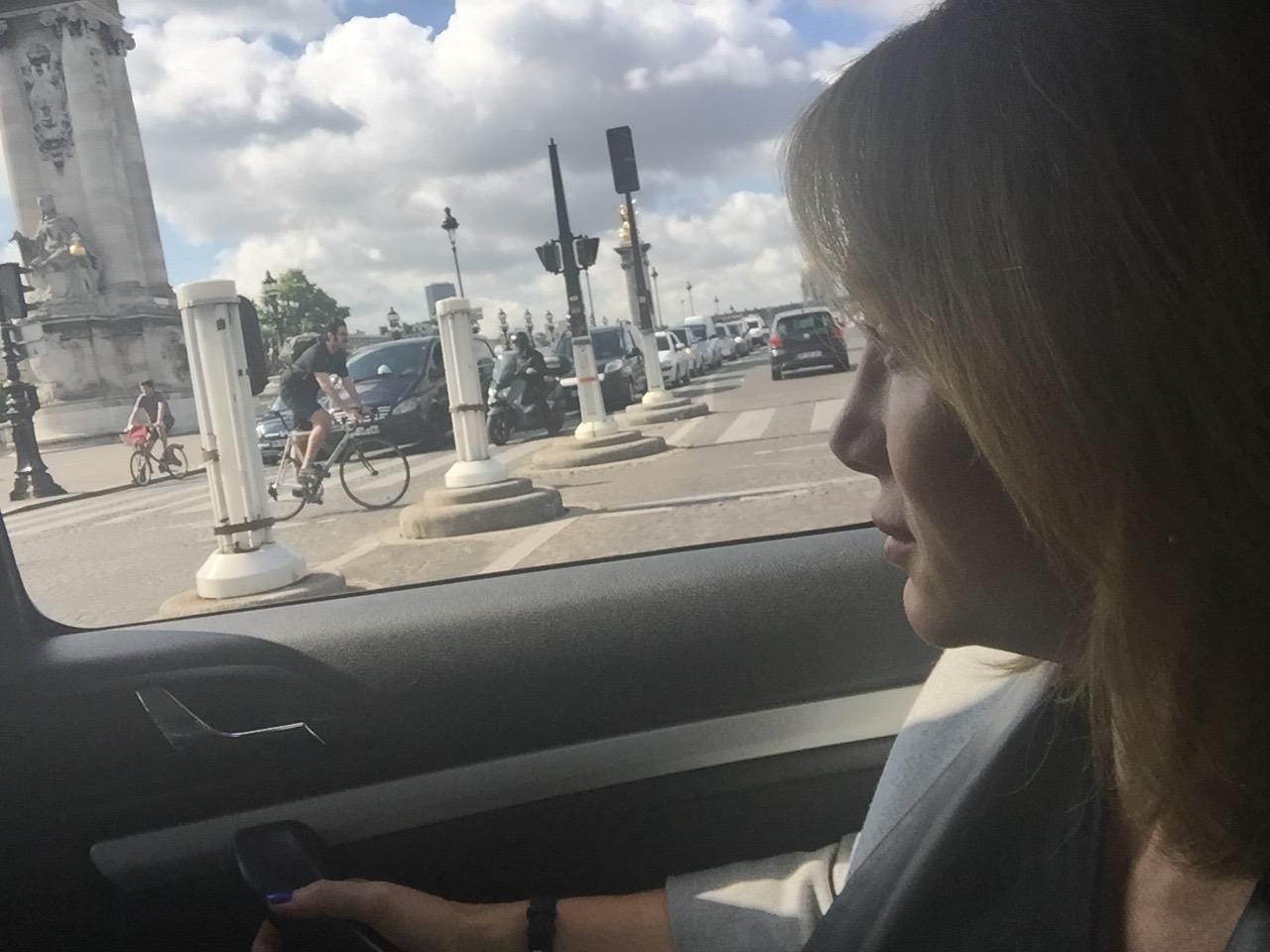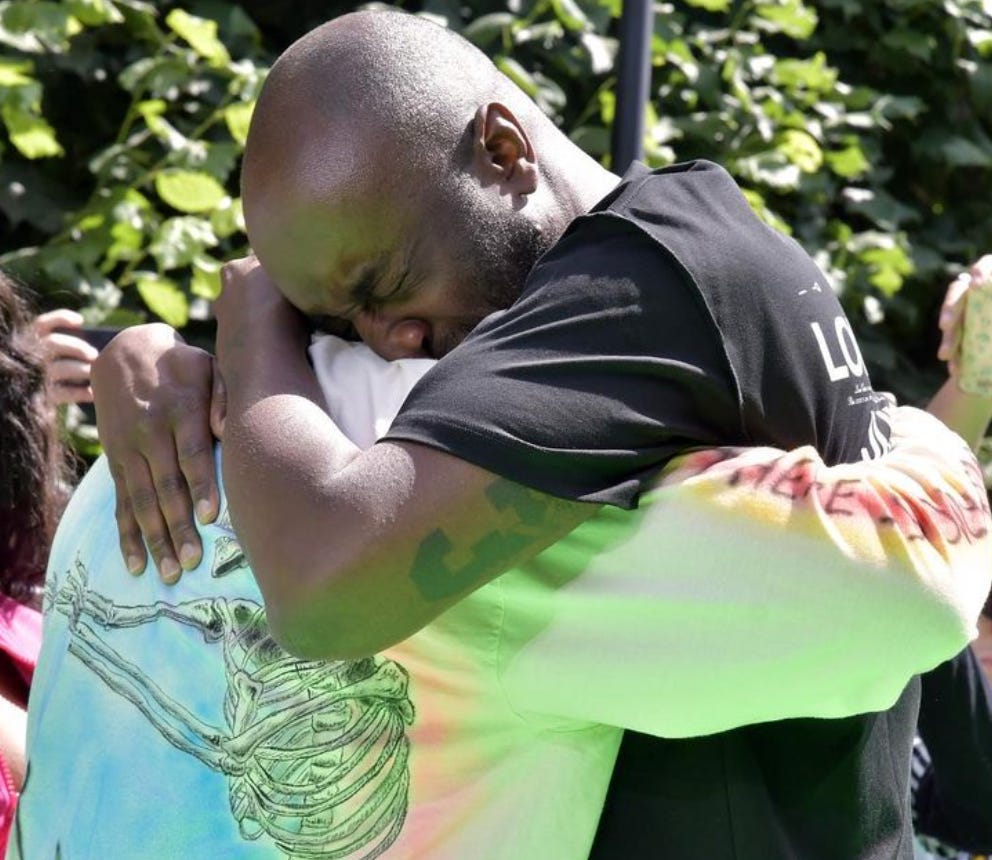I still remember watching Virgil Abloh’s first show at Louis Vuitton in June 2018 at the Palais-Royal. I don’t recall much about the collection: just a parade of bullet-proof vests in psychedelic colors. But I’ll never forget that tearful embrace between Virgil and Kanye West at the end of the show.
The embrace was a raw, unscripted moment in an industry that tightly choreographs every move. And the show itself marked a paradigm shift: the moment when fashion’s power dynamic went from couture to culture.
Most great designers are known for their signature styles: Chanel’s tweed suits; Dior’s Bar jacket; Gucci’s horsebit loafer. Virgil will always be remembered for blurring boundaries.
Virgil operated at the exact intersection of what I call “the Business of Aesthetics,” fusing art, architecture, music, film, and sports into high fashion. Before joining Louis Vuitton, he had already built a new design vocabulary through Off-White and collaborations with Nike — projects that blurred the line between commerce and culture, luxury and street. In so doing, he approached the business as more of a cultural platform than a fashion line, and he translated it into an entirely new language.
That was the essence of Virgil’s impact. He was a translator. And that is what I talked about on my latest podcast with Robin Givhan, former fashion critic for the Washington Post and author of the new biography on Virgil, entitled Make It Ours: Crashing the Gates of Culture.




